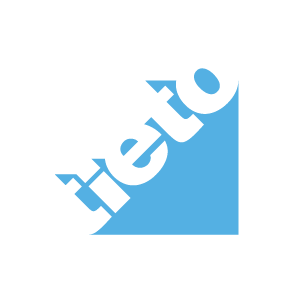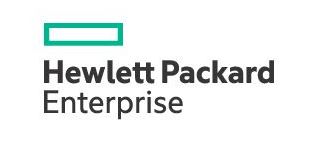Ben Linders
Consultant Agile, Lean, Quality & Continuous Improvement, Ben Linders, Netherlands
Ben Linders is an Independent Consultant in Agile, Lean, Quality and Continuous Improvement, based in The Netherlands. Author of Getting Value out of Agile Retrospectives, Waardevolle Agile Retrospectives & What Drives Quality. As an adviser, coach and trainer he helps organizations by deploying effective software development and management practices. He focuses on continuous improvement, collaboration and communication, and professional development, to deliver business value to customers. Ben is an active member of networks on Agile, Lean and Quality, and a frequent speaker and writer. He shares his experience in a bilingual blog (Dutch and English), as an editor for Agile at InfoQ and as an expert on TechTarget.
Workshop
Adopting agile often doesn’t go as smoothly as expected in an organization. Becoming agile is a learning process which requires that you reflect regularly and adopt your way of working. Valuable Agile Retrospectives provide the solution for a successful agile adoption at all levels in the organization.
Retrospectives help you to apply agile practices effectively. With Retrospectives teams and their stakeholders can continuously improve themselves to deliver more value. Retrospective facilitators need to have a toolbox of retrospective exercises and the skills to design and lead valuable agile retrospectives.
Why Retrospectives?
Agile retrospectives help teams to continuously improve by reflecting at the end of each iteration to learn what is going well and what can be improved, and to do improvement actions in the next iteration
This workshop is intended for:
- Retrospective facilitators
- Agile coaches
- Scrum masters
- Team, product or project managers
- Anybody involved in retrospectives
In this workshop you will learn to design and facilitate retrospectives that help organizations to become more agile and lean.
Retrospective exercises
The best way to learn retrospectives is through experience by doing them yourself and participate in retrospectives. In this interactive workshop you will be doing several agile iterations where each of them use a different kind of retrospective. You can choose from several retrospective exercises, like:
- Effective questioning
- Dealing with feelings in teams
- Improving using strengths with Solution Focused
- Root cause analysis of problems
- Improving collaboration in projects
- Asking why?
In this workshop you will learn different exercises that you can use to facilitate retrospectives, supported with the “what” and “why” of retrospectives, the business value and benefits that they can bring you, and advice for introducing and improving retrospectives.
Apply and Improve
Two important conditions to make retrospectives valuable are to have clear goals (why do you do retrospectives) and experienced facilitators (Scrum Masters and / or Agile Coaches).
In this workshop you will learn how to adopt and apply retrospectives in your own organization and how to provide retrospective facilitators with a toolbox with retrospective exercises enabling them to do valuable agile retrospectives with teams which contribute to the goals and results of your organization!
What will you get out of the workshop Valuable Agile Retrospectives
- Understanding of the why and how of continuous improvement and how retrospectives can contribute
- Know how to establish the pre-requirements for retrospectives and create safe environments to run a retrospectives
- Exercises for doing effective and efficient retrospectives
- Approaches to deploy retrospectives and to improve their usage and results
- How to scale retrospectives in the organisation
Attendant of this workshop will receive a free copy of the book Getting Value out of Agile Retrospectives in English or a copy of a translated edition.
Presentation
My view on agile innovation is a view of continuous improvement. To increase agility teams should deploy those practices they consider to be most suitable to serve the needs of their stakeholders and customers. In stead of adopting completely new ways of working, improvement in teams should start from where they are now. Small but firm improvement steps in stead of revolutions which help teams to improving their processes and way of working in a sustainable way.
This sounds simple, but it often isn’t easy to do continuous improvement. To be honest, I haven’t met a team yet that was fully capable and willing to do this. A team which is not only self organizing in the way that they manage their activities, but is also taking full responsibility for their own journey to become better and increase their agility.
This presentation will explore teams that took control of their agile journey, and teams that didn’t (and why they didn’t manage to do it). I will share experiences of how teams assessed how agile they are, and how they used retrospectives to reflect and decide upon actions to do things differently from now on, and how they executed those actions. How they influenced their managers to get what they needed to do their work better. How teams learned from each other.
This talk provides you with „nuggets“: practices, experiences, experiments and ideas that are based on doing improvement in software development organizations for more that 20 years. I will show why these nuggets are important and how they contribute in the bigger picture of increasing organizational agility.
There are always opportunities for improvement in software development. Since there is a clear need to become better and deliver more value to customers and stakeholders, we should grab those opportunities and use them to improve. This is what continuous improvement is all about.
During the presentation there will be room to discuss your „nuggets“, the things you tried which worked or didn’t work. Together we will dive into the success factors for making improvement work.
Target group: Medium/advanced

 1.45MB
1.45MB 














